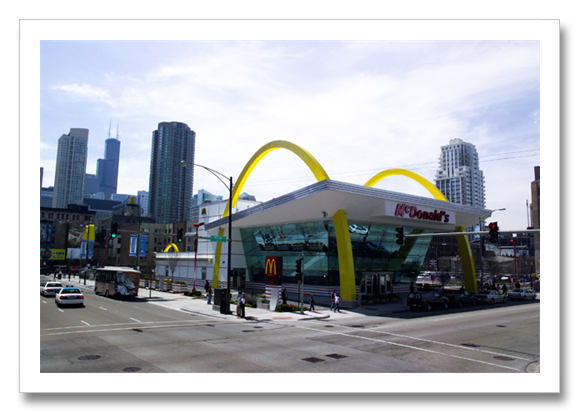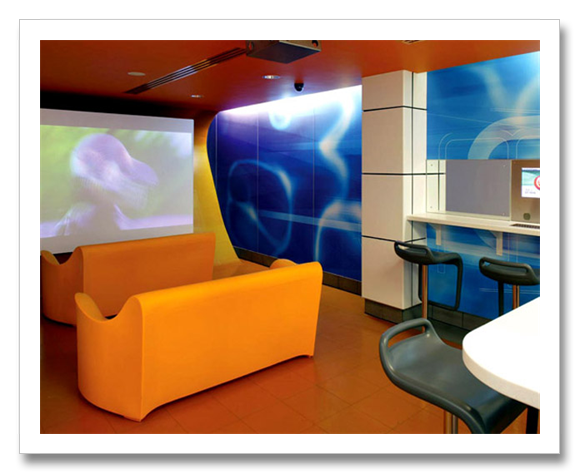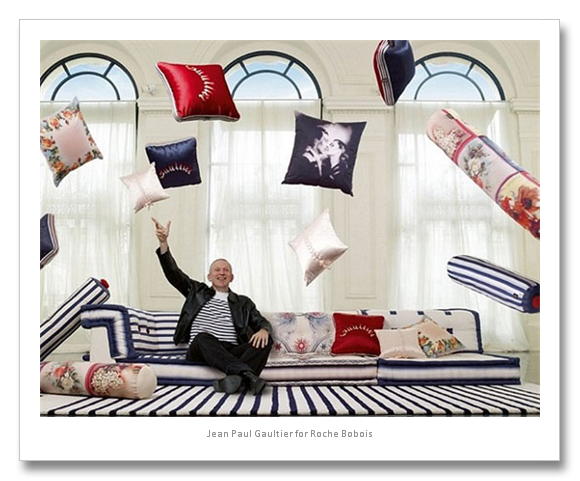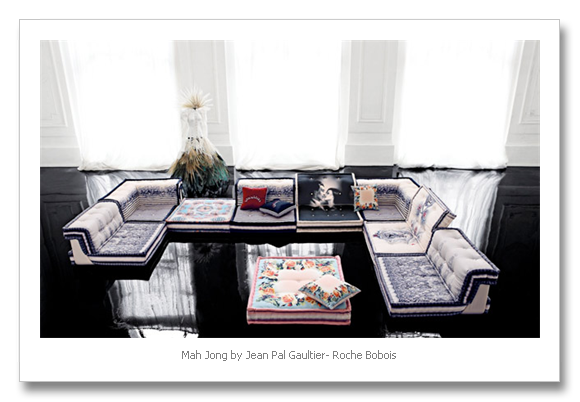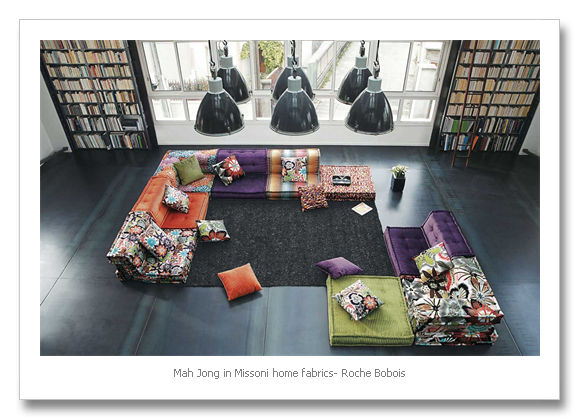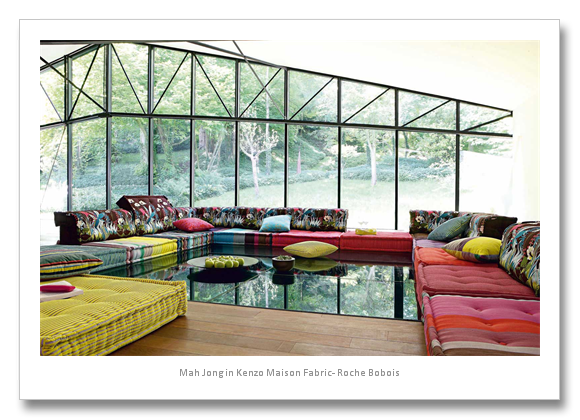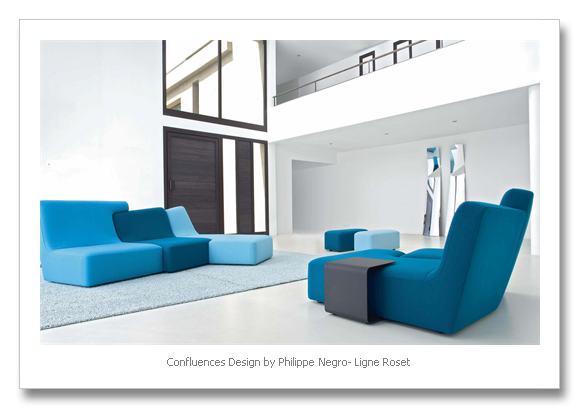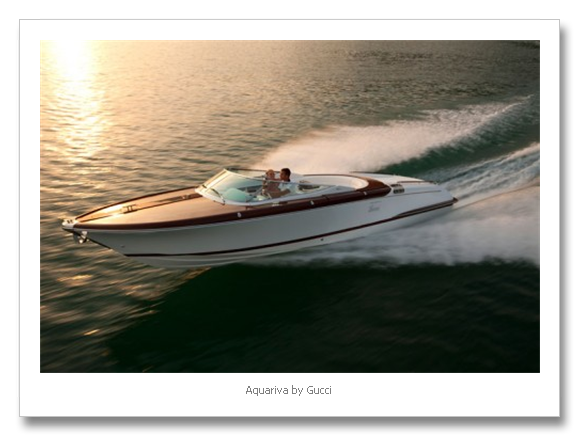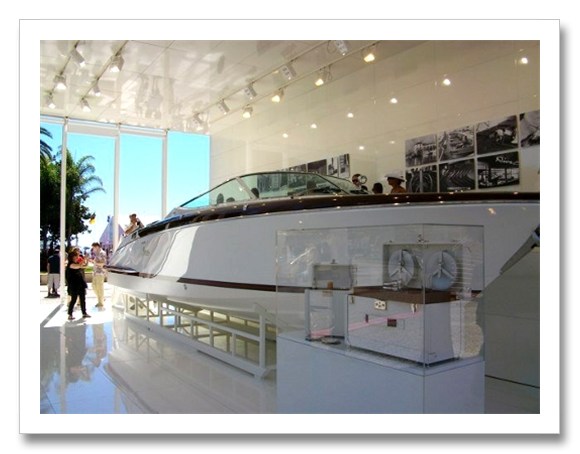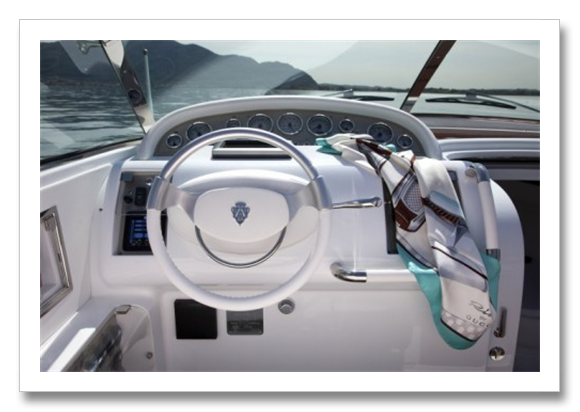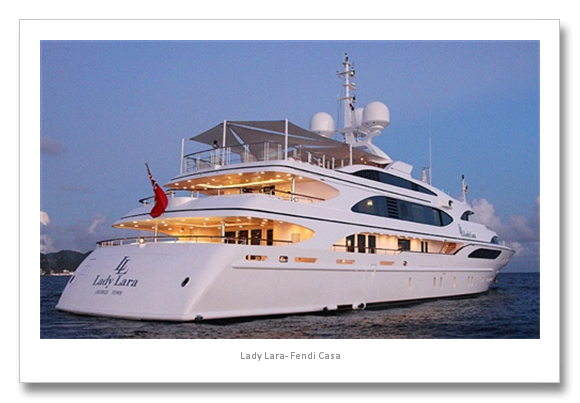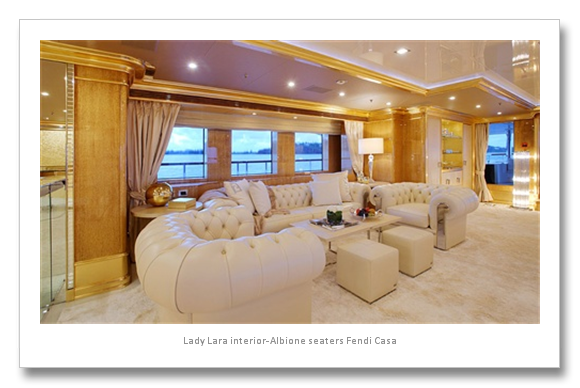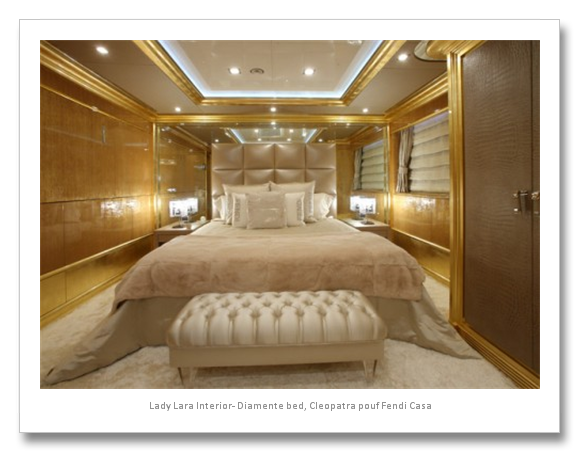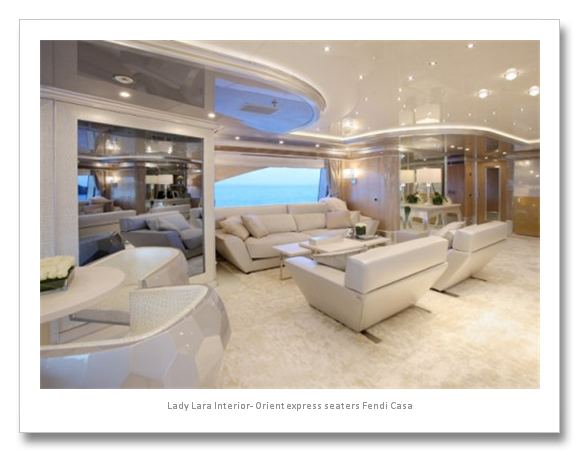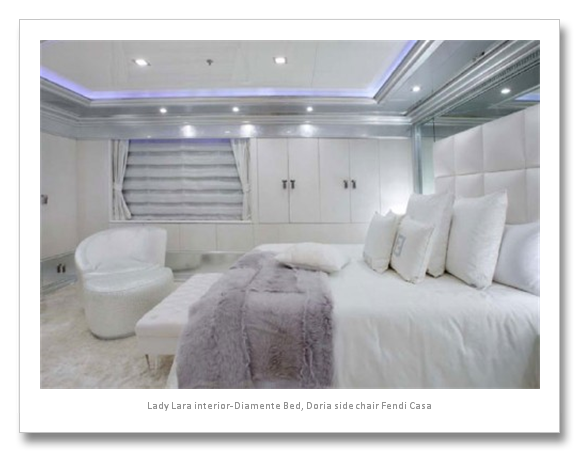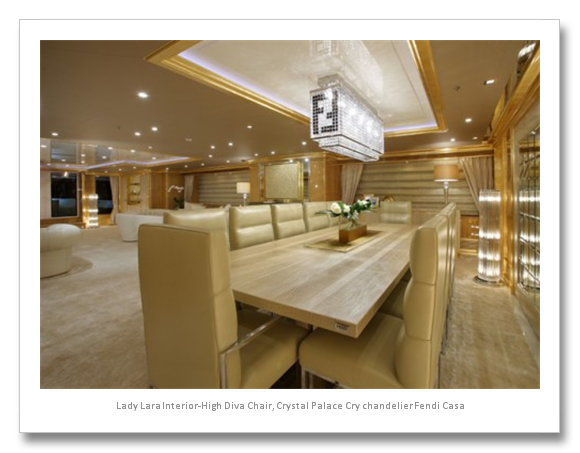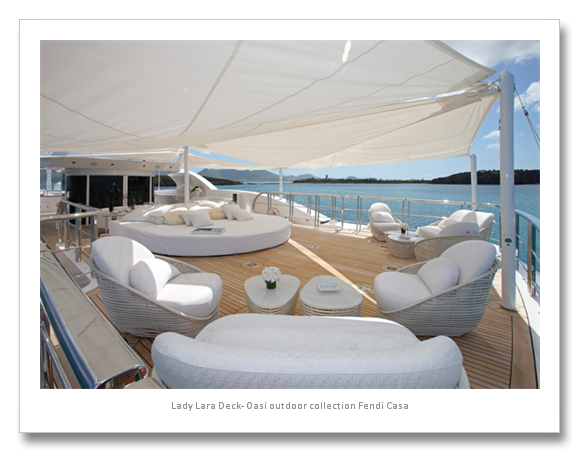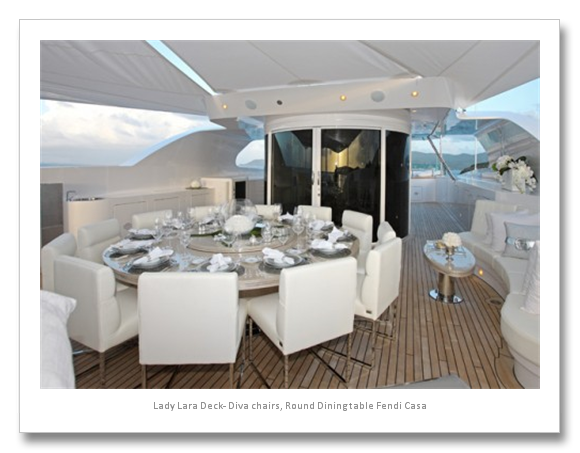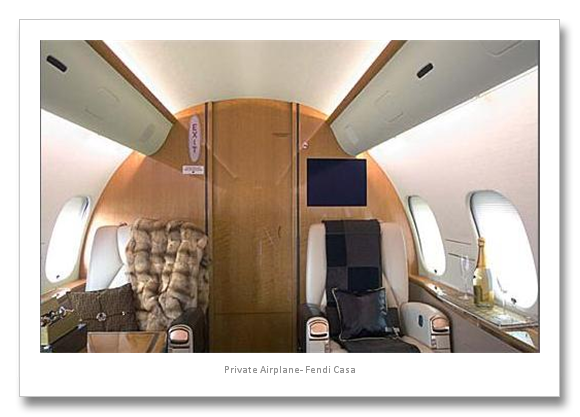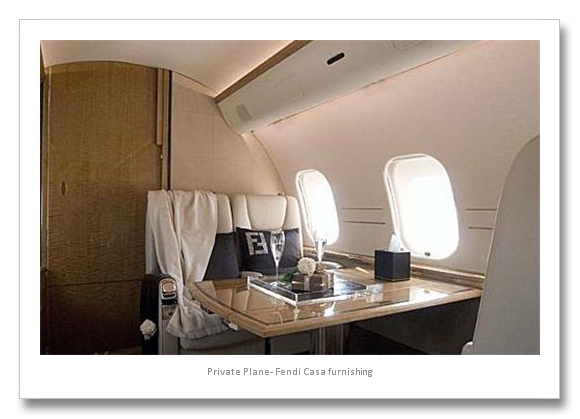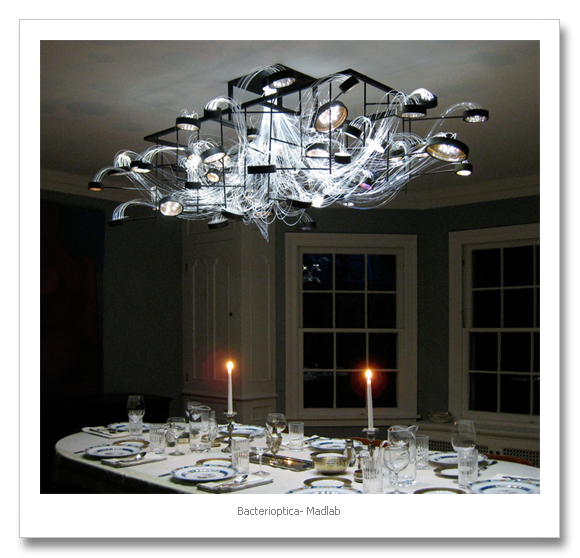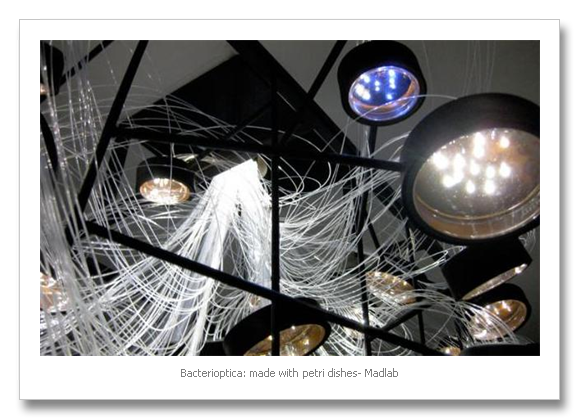McDonald’s is undergoing a process of redesign. What is more important than design itself is its study for exploring more sustainability in certain locations.The chain’s first self-proclaimed “green” restaurant, located in Chicago, is LEED Gold-certified, while a North Carolina location features Charge-Point electric vehicle charging stations. And in Brazil, Chile, and Argentina, 270 McDonald’s restaurants deliver used oil to be converted into biodiesel.The packaging however still has a long way to go. Most McDonald’s packaging is paper-based and can be composted,yet still haven’t found biodegradable materials that don’t retain heat.McDonald’s can never truly claim to be green as long as it sells meat products–the average Holstein cow produces up to 180 kilos of methane each year. Ultimately, cows produce 18% of all greenhouse gas emissions, and the meat industry is one of the leading contributors to climate change.
The new ‘design’ concept is revolving around the idea of a community center, a place for young people to hang out especially since slow food is the trend now with more attention on the eating experience itself as opposed to gulfing food down. France was the first country to have a redesigned McDonald’s. All the plastic will be replaced with clean and modern lines, wood, brick and softer lighting from modern lamps. The signature mansard roof is being replaced by a flat roof topped and a newly designed golden sloping curve. The emblematic red and yellow colors will be revamped to terra cotta, olive and sage green.All this with the aim of attracting more adults and young professionals to their customers.

